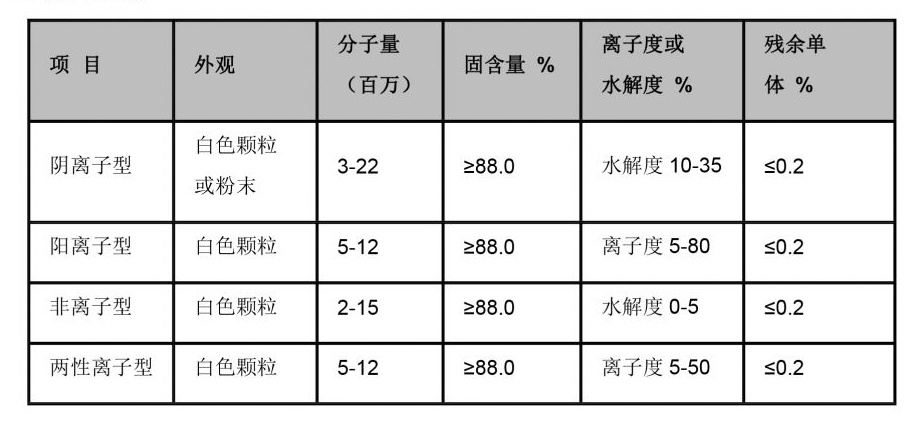poly aluminum chloride uses
The Uses of Poly Aluminum Chloride An Overview
Poly Aluminum Chloride (PAC) is a widely utilized chemical compound that plays a crucial role in various industries and applications. As a coagulant, PAC is essential in water treatment, industrial processes, and even in certain food applications. Its effectiveness in removing impurities provides significant advantages, making it a preferred choice in numerous sectors. This article explores the uses of Poly Aluminum Chloride, detailing its benefits and applications in different fields.
Water Treatment
One of the primary applications of PAC is in water treatment facilities, where it is employed to purify drinking water and treat wastewater. As a coagulant, PAC contributes to the removal of suspended solids, organic materials, and turbidity from water. By binding and precipitating these contaminants, PAC enhances the efficiency of the sedimentation process. The use of PAC in this context is favored due to its ability to function effectively over a wide pH range, making it suitable for various water sources, including surface and groundwater.
In municipal water treatment plants, PAC has gained popularity because of its lower dosage requirements compared to traditional coagulants such as alum. This results in operational cost savings and reduced sludge production, which is a significant factor in meeting environmental regulations. Furthermore, PAC's rapid settling characteristics accelerate the purification process, allowing treatment facilities to operate more efficiently.
Industrial Applications
Beyond its role in water treatment, PAC is widely used across various industrial sectors. In the paper manufacturing industry, PAC is utilized as a retention aid and filler system additive. It helps improve the retention of fibers and fillers during the papermaking process, enhancing the quality of the final product. Additionally, the use of PAC leads to decreased water usage, as it optimizes the drainage process.
The textile industry also benefits from PAC, where it is implemented in dyeing and finishing processes. Here, it aids in the coagulation of dyes and helps remove impurities, resulting in better quality textile products. Its effectiveness in controlling the color and brightness of fabrics makes it a valuable agent in textile production.
poly aluminum chloride uses

Moreover, in the construction industry, PAC serves as an additive in cement and concrete formulations. It improves the stability and workability of concrete mixtures, leading to stronger and more durable construction materials. The incorporation of PAC can enhance the performance of these materials, making them suitable for various applications, from residential buildings to large infrastructure projects.
Food and Beverage Industry
Interestingly, PAC is also utilized in the food and beverage sector. It can be used as a clarifying agent in juice and beverage production, where it helps remove excess proteins and other turbidity-causing substances. This results in clearer, more visually appealing products. Its application in food processing is strictly regulated, ensuring that any use of PAC adheres to safety standards for food and beverage consumption.
Environmental Management
Poly Aluminum Chloride plays a significant role in environmental management, particularly in treating industrial wastewater and stormwater runoff. Many industries, including pharmaceuticals and chemicals, generate wastewater containing hazardous substances. PAC’s coagulant properties are effective in sedimenting heavy metals and other pollutants, aiding in their removal from wastewater before discharge. This application not only meets regulatory requirements but also helps in protecting aquatic ecosystems.
Conclusion
In conclusion, Poly Aluminum Chloride is a versatile compound with a wide range of applications across various industries. Its effectiveness as a coagulant in water treatment, coupled with its utility in manufacturing processes and food production, underscores its importance in promoting efficiency and safety. As industries continue to seek environmentally friendly and cost-effective solutions, the demand for PAC is expected to grow. Understanding its diverse uses helps in recognizing its critical role in enhancing quality and sustainability across multiple sectors. The continued research and development in this area promise to unlock even more potential applications for Poly Aluminum Chloride in the future.
-
lk-319-special-scale-and-corrosion-inhibitor-for-steel-plants-advanced-solutions-for-industrial-water-systemsNewsAug.22,2025
-
flocculant-water-treatment-essential-chemical-solutions-for-purification-processesNewsAug.22,2025
-
isothiazolinones-versatile-microbial-control-agents-for-industrial-and-consumer-applicationsNewsAug.22,2025
-
scale-inhibitor-key-solutions-for-water-system-scale-preventionNewsAug.22,2025
-
organophosphonates-versatile-scale-inhibitors-for-industrial-water-systemsNewsAug.22,2025
-
scale-and-corrosion-inhibitor-essential-chemical-solutions-for-water-system-maintenanceNewsAug.22,2025





